

.webp)





.svg)










.svg)










.svg)





Measure, reduce, and report your carbon footprint with simple-to-use carbon accounting software and expert guidance.
With our intuitive carbon footprint measurement software, plus support from an expert, measuring an accurate footprint is quick and straightforward for your business.
Learn more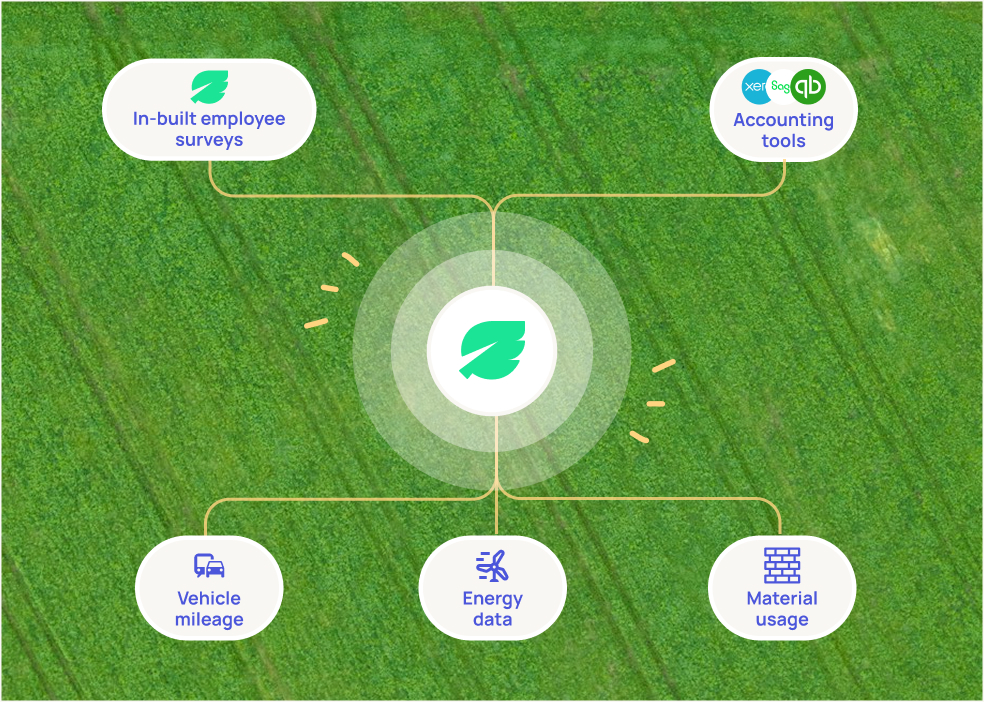
Your Seedling dashboard automatically segments footprint data the way you and your clients need it. Use our deep dive tool to understand your hotspots and plan to decarbonise.
Learn more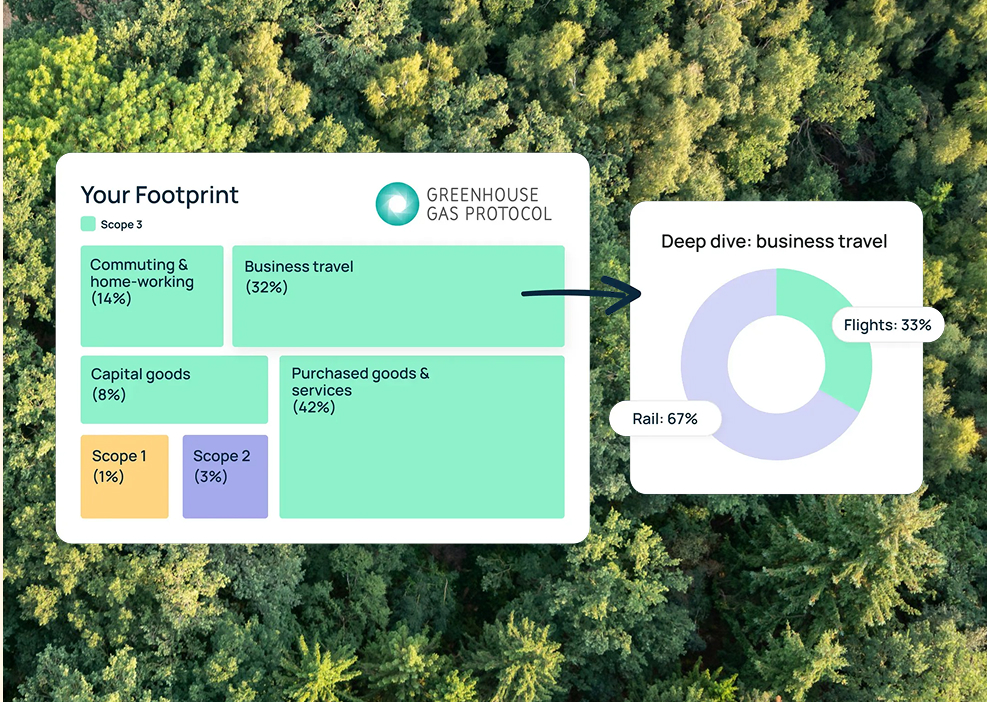
Track your progress, with our easy-to-use and powerful Carbon Emission Reduction Software for SMEs, and support from an expert.
Learn more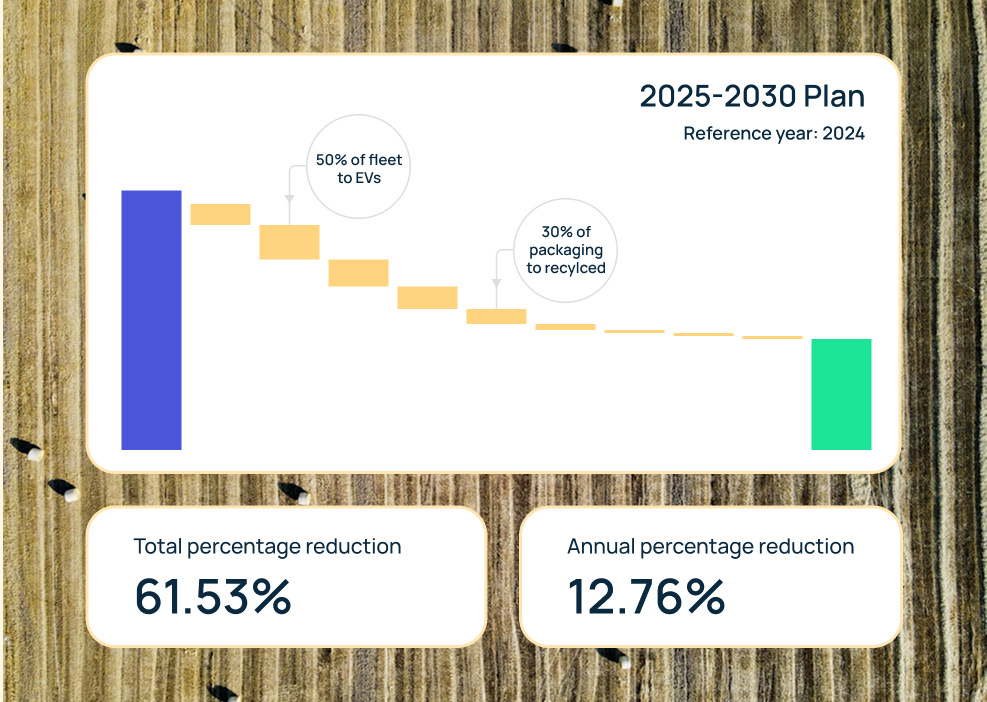
Invest with confidence in projects verified to reduce or remove carbon and support communities - all from the Seedling platform.
Learn more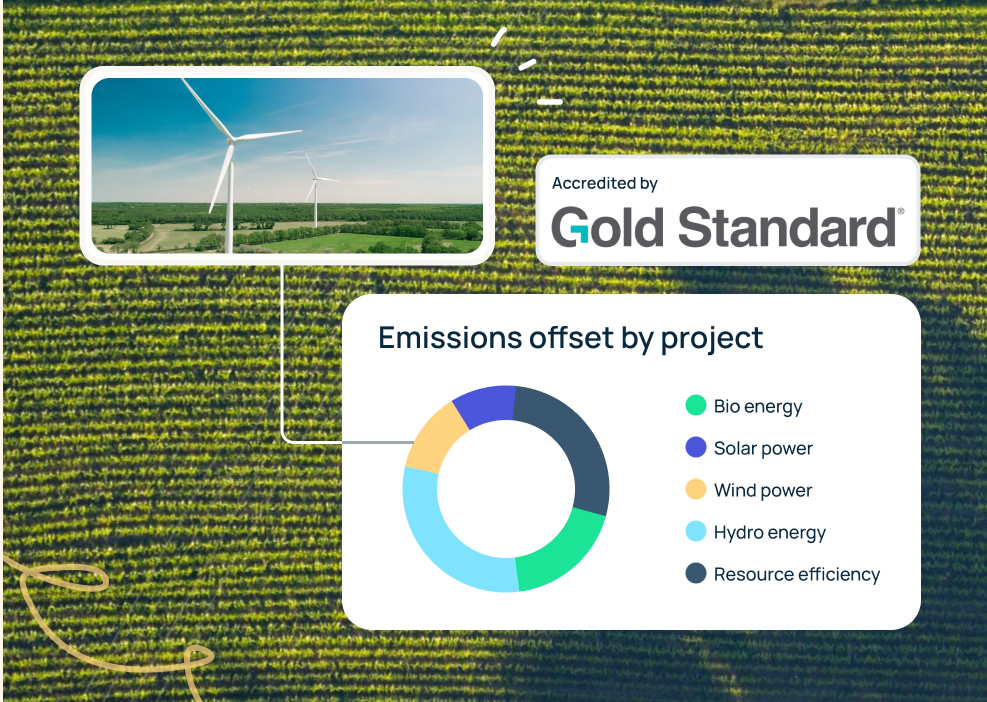
Share your plans to decarbonise with Seedling's digital toolkit. Reports are automatically generated in the compliant format you need. Simply tweak, sign if needed, and export, or link to the report hosted by Seedling.
Learn more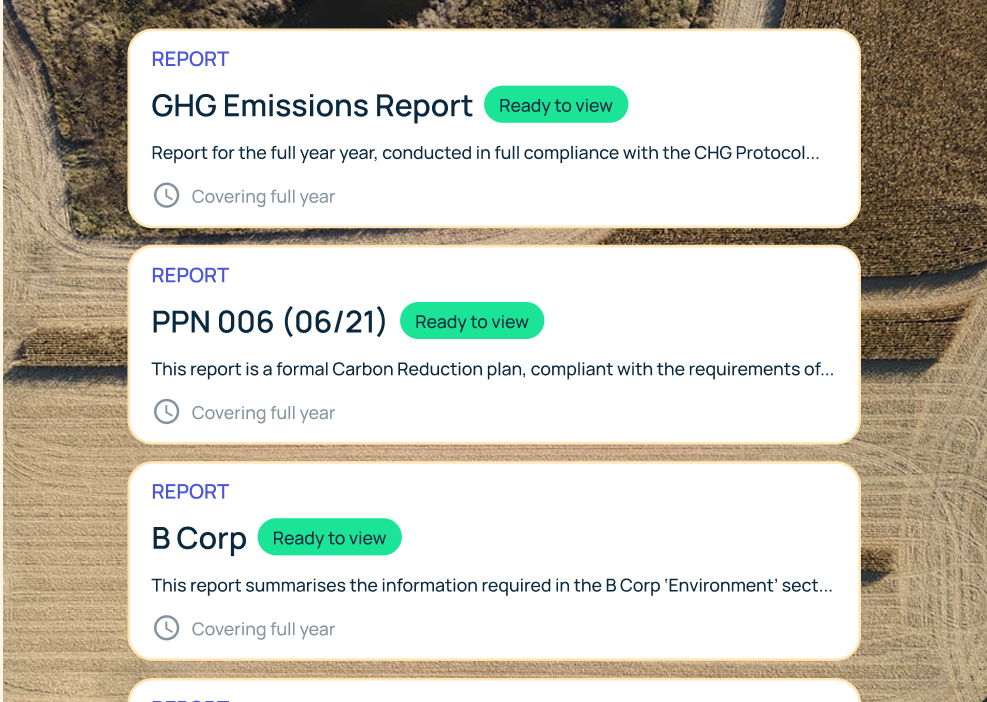
Seedling's certification recognises businesses that have established a robust plan to reduce carbon emissions, backed by data and climate science.
Learn more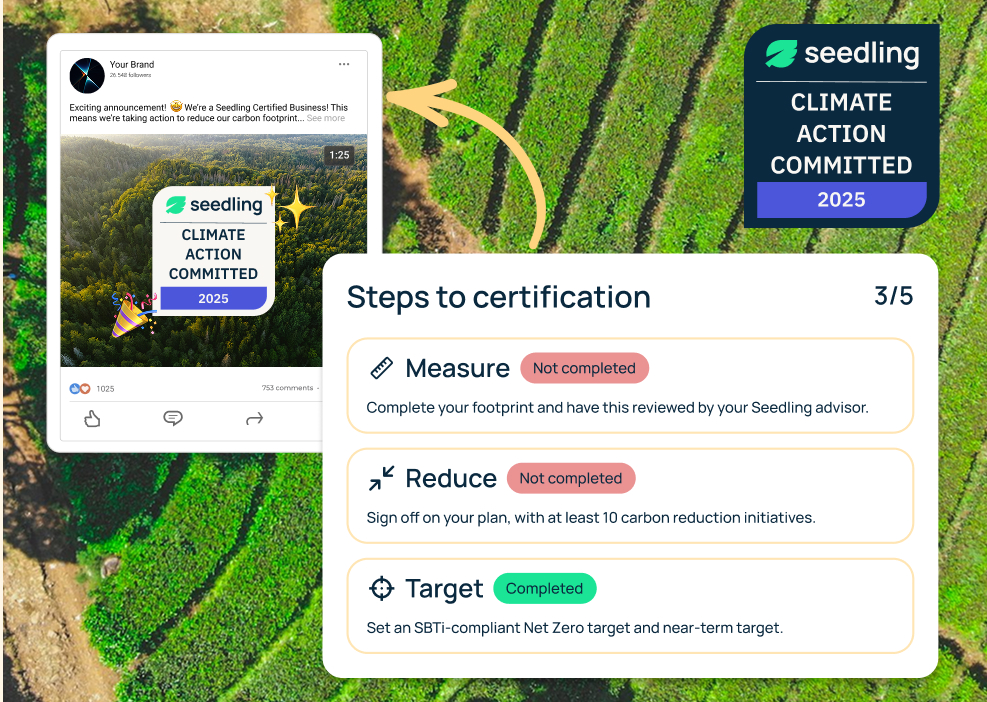
Unlike many carbon accounting tools, at Seedling we guide you through your climate action journey to ensure you have the best impact and experience possible.
Learn more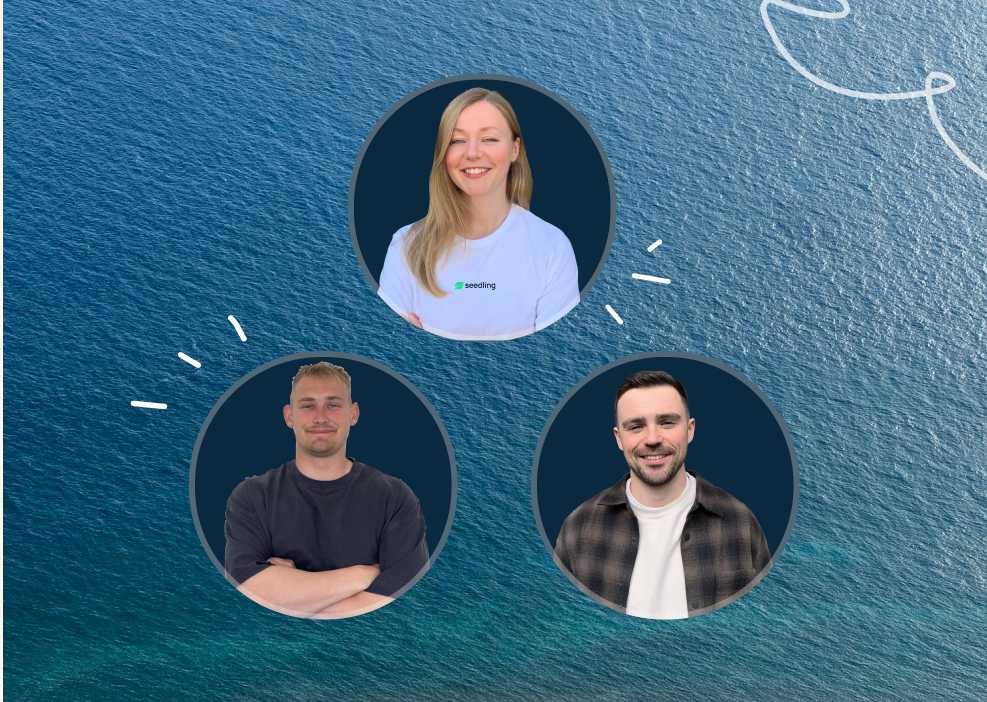

Don't just take our word for it...



.svg)



















.webp)

Set SBTi aligned targets, build a plan to achieve them, and track your progress over time with Seedling's action-based decarbonisation modelling. Get bespoke support from an expert to navigate SBTi rules and spot reduction opportunities.
Shift from spend data to activity data in your scope 3 assessment to build a more accurate GHG inventory that actually reflects your efforts to decarbonise over time. Seedling's flexible methodology, and one-to-one support, means we maximise accuracy.
Get full coverage and granular detail by leveraging an extensive, up to date database of GHG emission factors, from country energy factors, to product LCAs, to raw material production data.




of all UK business-driven emissions are from small and medium-sized businesses.


of job candidates are more likely to accept a role at an environmentally sustainable company.


of purchasers consider sustainability when making decisions.

These industries are just examples. We help companies across a range of sectors.


Measure a full-scope footprint, reduce emissions, and share your Net Zero strategy.
Your questions answered
Carbon accounting software helps businesses track, measure, and report their greenhouse gas (GHG) emissions. It automates data collection, calculates emissions across Scopes 1, 2, and 3, and provides tools for compliance and sustainability planning.
Carbon accounting involves gathering data on energy use, transportation, waste, and supply chain activities. Using emission factors, you calculate GHG emissions in CO₂-equivalents, typically broken down into direct (Scope 1), indirect (Scope 2), and value chain (Scope 3) emissions.
Carbon accounting is mandatory for large UK companies under the Streamlined Energy and Carbon Reporting (SECR) framework. Businesses meeting size thresholds must report their emissions and energy use in annual filings.
Look for software that aligns with your industry, integrates with your data sources, and supports recognised reporting standards (e.g., GHG Protocol). User-friendly interfaces, scalability, and cost-effectiveness are also key considerations. Seedling for example is great for SMEs looking to calculate their carbon footprint.
Book a demo or get in touch and we'll be happy to help. Or follow this step-by-step guide to measuring your business's carbon footprint.